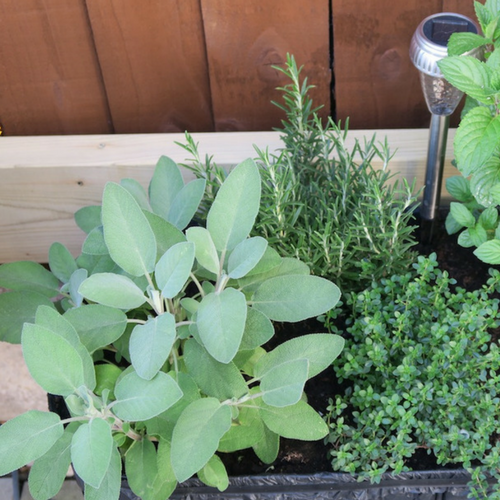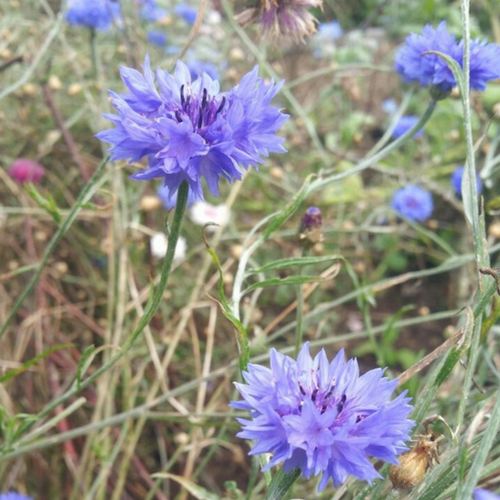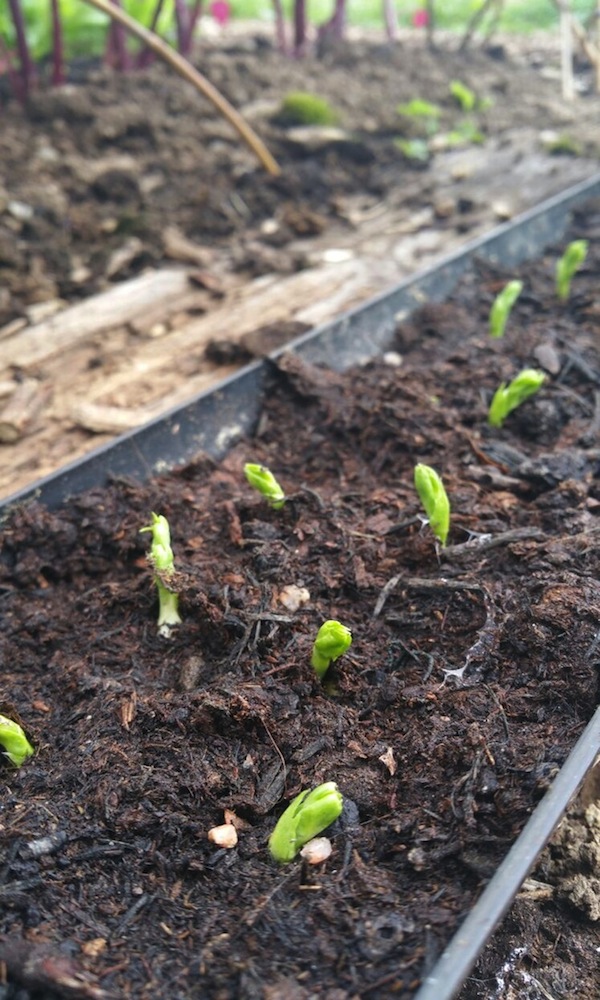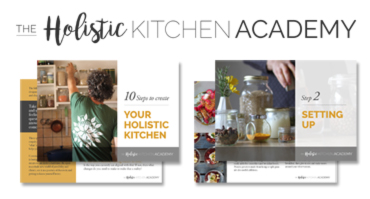
5 Ways To Grow Your Own In Small Spaces
by Jo Tytherleigh
This is the final part in our Field to Fork Taster blog series, as we make the final preparations for our live course later this month.
In this article we want to share tips and ideas for those who have very little outdoor space or live in a city. You can still bring the fresh flavour of home produce into your life in small simple satisfying ways, no matter what kind of space you have.
We hope you feel inspired to try growing your own in some small simple way. If you want to find out more about living a more self sustainable lifestyle then come and join us on one of our seasonal courses.
There are still a few spaces left on next weeks course starting September 20th-24th. Click here for more information and booking.
Otherwise, sign up to stay informed of up and coming grow your own courses at Harewood Farm, our base in Cornwall.

Salad Leaves
Sowing your own selection of salad leaves in a window box or similar size planter can provide you with a cut and come again crop that could last you for a month or more.
If you sow a window box with various mixed varieties, and then sow a second window box a week or 10 days later, you can pick the outside leaves from the first box with the second box playing catch up. That way you will provide rich pickings over an extended period. Just pick a few leaves daily for your sandwiches, there is no comparison to fresh green leaves with that just picked, ‘the sap still rising’ taste.
Tip: Don’t pick your salad leaves directly after watering, they taste waterier that way. Do immerse your leaves in water immediately after picking though as it refreshes and hydrates them, yet keeps the taste intact.
Try www.jekkasherbfarm.com for good combinations of mixed salad seeds

Herb Pots
Fresh herbs transform our recipes and many can be grown on a sunny windowsill.
Nowadays, supermarkets sell a large selection of herbs. However these plants are usually substandard, they damp off quickly, go mouldy and die more easily than those you grow yourself. Plus, you won’t find some of the more interesting varieties in the supermarket – such as Thai or Cinnamon Basil for creating your own Thai curry or a tomato salad with a twist.
Grow Chives and Parsley in the Spring when your home is warm and cosy. That way germination will happen quickly. You can keep them in pots on the window ledge and cut as needed. Basil works best in the summer months when light and heat levels are higher, since it originates in a dry environment. The beauty of growing your own herbs means that you will also have the flowers to harvest and eat too. Nothing like fresh chive flowers over new spring potatoes.
Tip: Do take note of the conditions your herbs like best, make sure you water them carefully and take care not to overwater. Don’t just leave your herb pots stuck on a window ledge, keep an eye on them and move them around as environmental conditions change. Try http://www.seaspringseeds.co.uk for interesting herb varieties

Edible Flowers
Flowers bring us joy in so many ways, through their subtle scents and colours and through their vital presence when we add them to food.
Most of the edible flowers that we could grow are also perfect for providing forage for pollinators. Varieties like Nasturtium, Cornflowers and Calendula are all simple to grow in pots and give us huge scope for adding colour and liveliness to our menu.
Nasturtiums and Calendula, both orange, contain cancer-fighting lycopene and lutein, a carotenoid found in vegetables and fruits that is important for eye health. Chive blossoms contain vitamin C, iron and sulfur, and have traditionally been used to help support healthy blood pressure levels.
Tip: Do harvest blooms regularly to keep plants producing. Don’t let flower blossoms become seed heads, this signals the end for a plant, since it will have accomplished its natural cycle. Keep picking to produce more flowers.
www.sarahraven.com has many varieties of edible flowers to try.

Carrots
There is nothing like the sweet taste of a freshly pulled carrot.
Lots of allotment gardeners have difficulty with carrots. Perhaps they don’t have the correct soil type, they don’t get enough water or they become weed infested. In a small space you can grow your very own precious carrots in a deep pot. It doesn’t have to be very big, something the size and height of a standard bucket will do. As long as it has drainage and doesn’t become waterlogged.
Make sure you use a good quality compost, something with a rich hummus (see our previous blog on compost). Sow your carrot seeds fairly thickly. You want plenty of thinnings, so that as you begin to eat the baby carrots that you pull out, you leave space for the ones left behind to grow larger. Then your carrot crop extends over a longer period.
Tip: Do sow some spring onion seeds in with your carrots. The onions deter carrot root fly, a carrot pest that eats holes in your treasures leaving them blackened and inedible. Don’t leave the leaves of the pulled carrots near the carrot bucket, this can attract that pesky fly. Try different coloured rainbow carrots from www.otterfarm.co.uk

Pea Shoots
Peas need support to grow and climb, as well as time to develop and form fruits.
You can just eat the tender green shoots in salads and stir fries. Pea shoots can be grown in a length of gutter pipe and cut before they grow to any height, before the flowers and fruits form, needing no support at all. They have a lot of the delicious flavour and sweetness of the peas themselves and contain a good source of beta carotene, vitamin C, folate, and fibre.
Take a length of gutter pipe, fill it with compost and poke pea seeds into the compost at 3 cm intervals (you can just buy dried marrowfat peas from the supermarket, very cheap for a large bag). Keep well-watered and watch the shoots begin within days.
Tip: Do cut shoots regularly to keep producing and to stop plants becoming leggy as they reach for the light. Don’t try to eat the stems, they become tough quickly, just pick fresh shoots every couple of days in the summertime, for your salads and sandwiches.


